Implementing the commitment of the Vietnamese Government at the 26th Conference of the Parties to the United Nations Framework Convention on Climate Change (COP26) to reduce net emissions to zero by 2050, many industries, including textiles and garments, are making efforts to find ways to reduce emissions into the environment.
Non-green products, difficult to export to big countries
According to Mr. Vuong Duc Anh, Chief of Office of the Board of Directors of the Vietnam National Textile and Garment Group (Vinatex), the textile and garment industry is a high carbon emission sector. Textile production, including cotton cultivation, uses about 93 billion cubic meters of water per year and accounts for 4% of the world's freshwater exploitation. 20% of global industrial water pollution comes from textile dyeing and processing activities. At the same time, the textile and garment industry has emitted 3.3Gt of CO2 equivalent and accounts for 6.7% of the total global emissions. Global textile and garment production nearly doubled from 2000 to 2015, and clothing and footwear consumption is expected to increase by 63% by 2030.
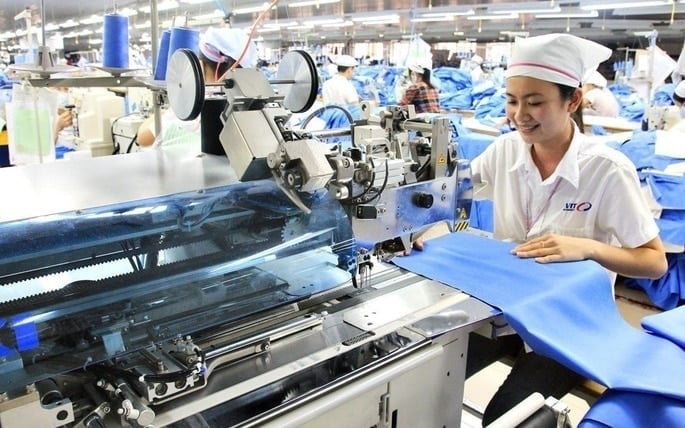
Greening the textile industry will add advantages for Vietnam when joining the global supply chain (Photo: tapchimoitruong.vn).
According to a study in the EU, the textile industry ranks fourth in terms of negative impacts on the environment and climate change, and third in terms of water consumption and land use. In the EU, about 5.8 million tons of used garment products are discarded into the environment every year, equivalent to about 11 kg/person.
Textile production also consumes energy to operate various types of equipment, generating steam and heat for various processing processes. In Vietnam, calculations show that the textile industry accounts for about 8% of the energy demand of the entire industry and emits about five million tons of CO2 per year. At the same time, the wet processing of textiles (fibers, fabrics and garments) with washing, rinsing, pre-treatment and dyeing stages uses large amounts of water and many types of chemicals, which must be treated before being discharged into the environment.
According to Mr. Vu Duc Giang, Chairman of the Vietnam Textile and Apparel Association (VITAS), most fashion brands in the United States, Japan, Europe, etc. have stricter requirements for garment products. Specifically, production units must save water resources, not use coal for gas, use green materials, and recycled materials to meet the trends of consumers worldwide.
In the context of businesses and export industries still facing many challenges, increasingly high standards of consumers and markets, green production is considered one of the long-term solutions. As with businesses in the textile industry, accelerating the speed of "greening" is becoming the industry's goal to find orders.
Need leverage from policy
In fact, many businesses have been oriented towards sustainable development for many years. Thanh Cong Textile - Investment - Trading Joint Stock Company has invested in researching new products with special features, environmentally friendly, meeting the increasing needs of customers. Bao Minh Textile Factory has invested in many high-tech equipment, implementing Integrated Solutions of operating systems to bring efficiency, accuracy and synchronization to production activities.
Many businesses have also invested in infrastructure, environment and renewable energy, solar energy, rooftops... Many types of fibers from coffee, lotus, oyster, mint have been researched and produced by businesses, meeting the greening needs of the industry. Recently, Fashion Connection Joint Stock Company (Faslink) has launched a new product from coffee fabric fibers, helping to reduce a lot of waste, protect the environment and effectively deodorize.
The positive transformation of businesses is forming a green fashion supply chain, in line with the trend. However, the development of this supply chain still faces many difficulties when most businesses in the industry have only stopped at investing in modern machinery, using solar energy in factories, investing in wastewater systems, etc. Meanwhile, research and development of green materials is still limited.
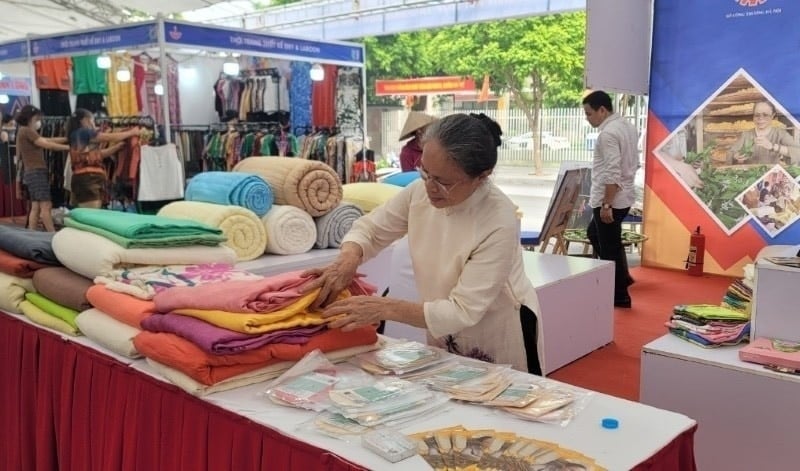
Exhibition area of textile craft villages in Hanoi (Photo: Nhan Dan Newspaper).
According to Ms. Tran Hoang Phu Xuan, General Director of Fashion Connection Joint Stock Company, green, environmentally friendly fabrics are often of natural origin, so advanced processing technology is needed to ensure that the inherent properties of the fibers are retained. In addition, businesses applying renewable energy and wastewater treatment management will significantly increase production costs...
A representative of the Ho Chi Minh City Textile, Garment, Embroidery and Knitting Association (Agtek) said that Vietnam has great potential for primary raw materials such as coffee grounds, mint, lotus, coconut fiber, etc., but the linkage and investment are still weak. To produce fiber products from natural raw materials, highly applicable in garments, leather and footwear, strong technology and chain linkages are needed. The linkage here is between human resource training, research investment and machinery investment. Therefore, the main problem that domestic textile and garment enterprises are facing is the huge financial resources for investment in research and technology.
According to Mr. Vu Duc Giang, in addition to efforts from businesses and support from international organizations, Vietnam needs to soon complete the Environmental Law (amended) to meet the general requirements of the World Environmental Law but still be suitable for the reality in Vietnam. Along with that, the Government needs to plan industrial zones specifically for textiles and garments but must meet standards on wastewater treatment. With synchronous solutions, the Vietnamese garment and fashion industry can become greener and meet the requirements of importers and foreign partners.
Thuy Duong


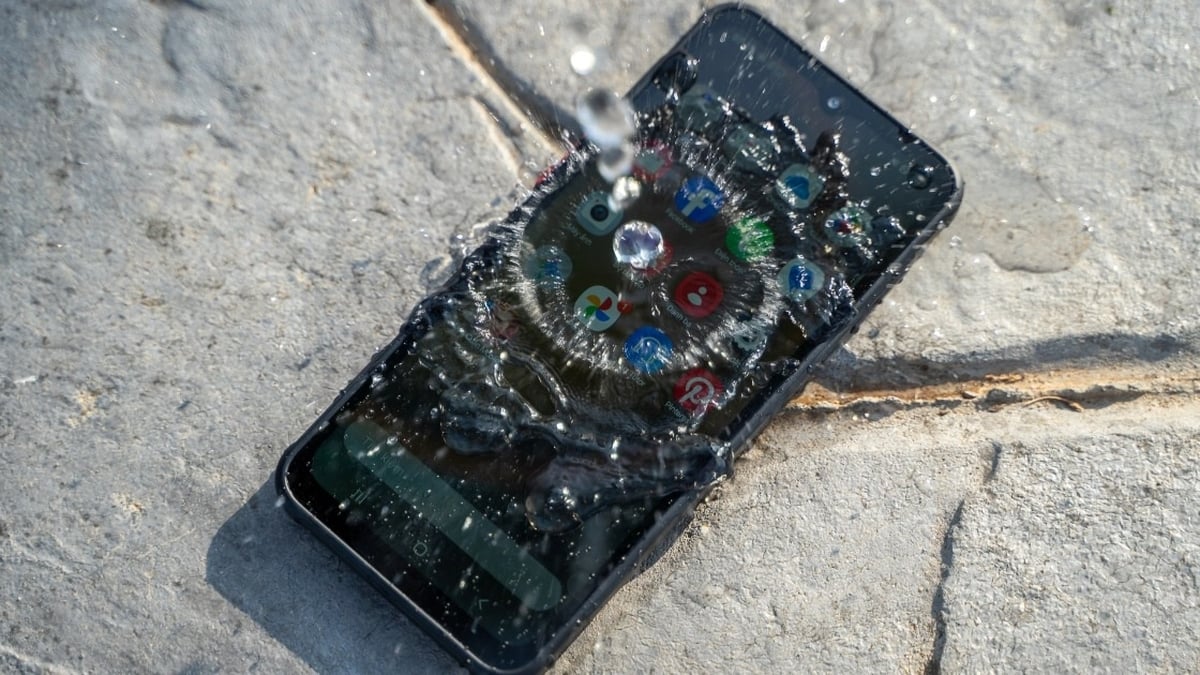

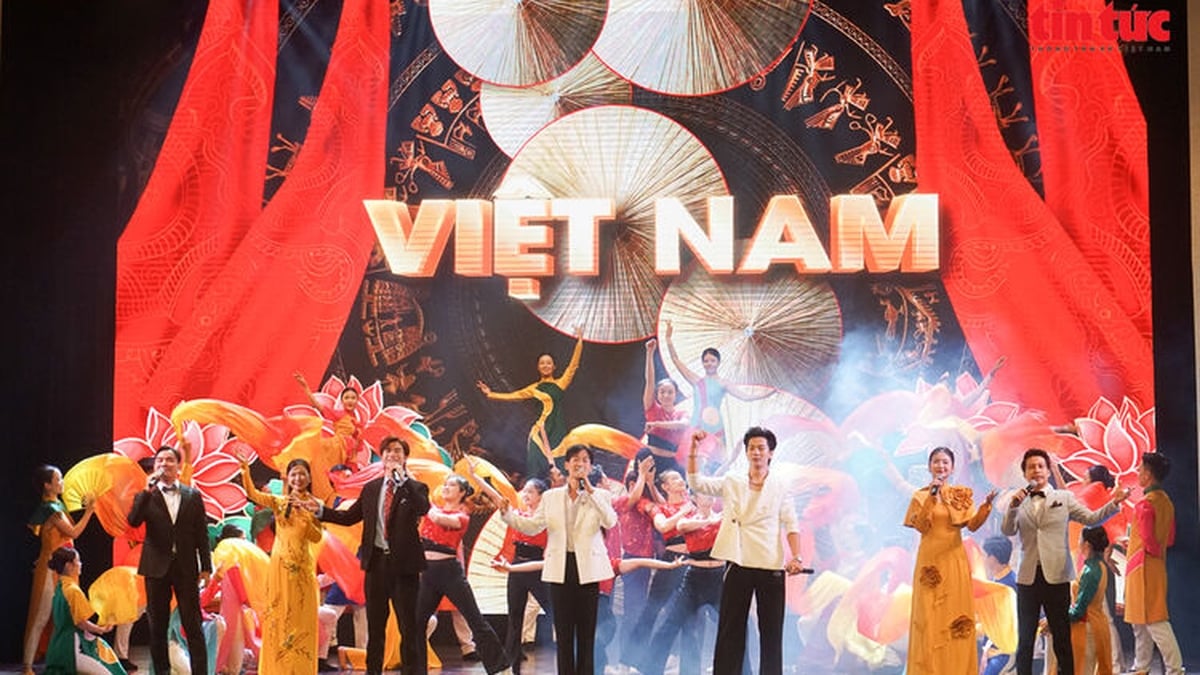
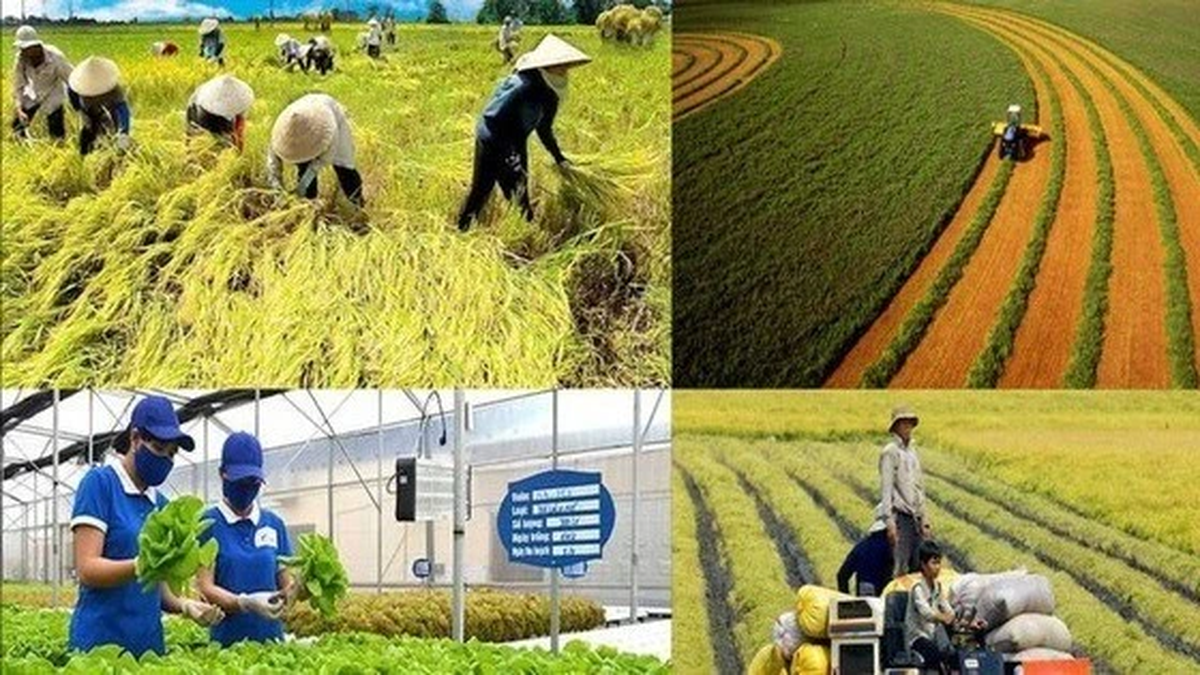

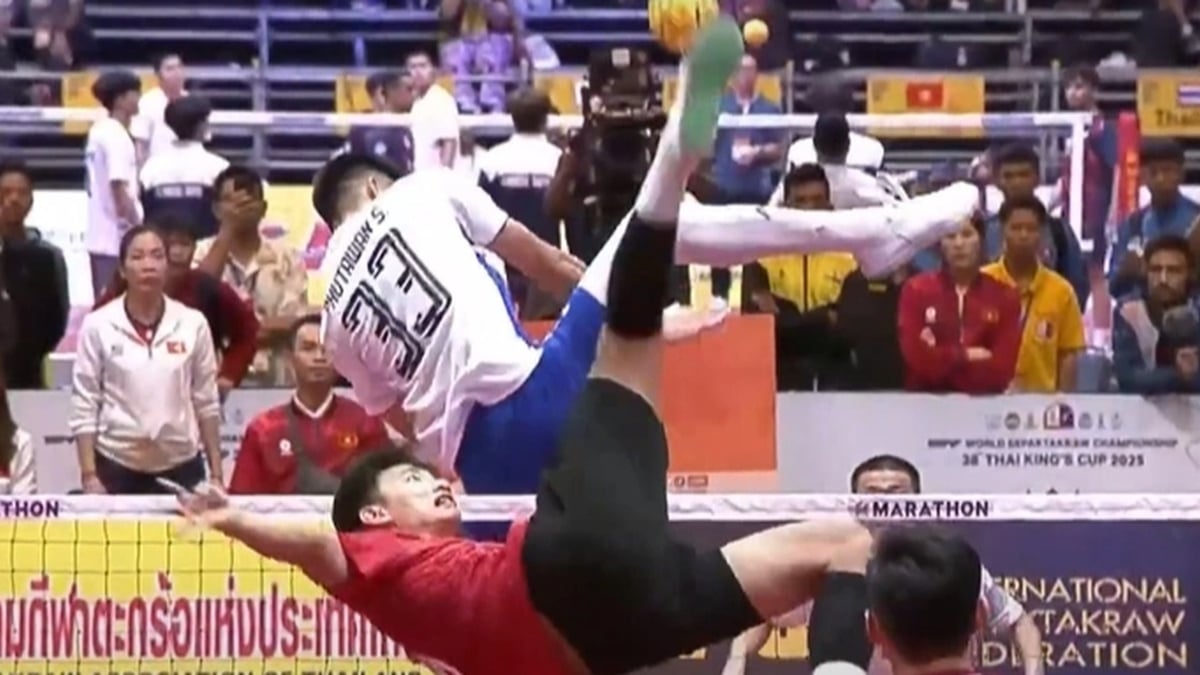

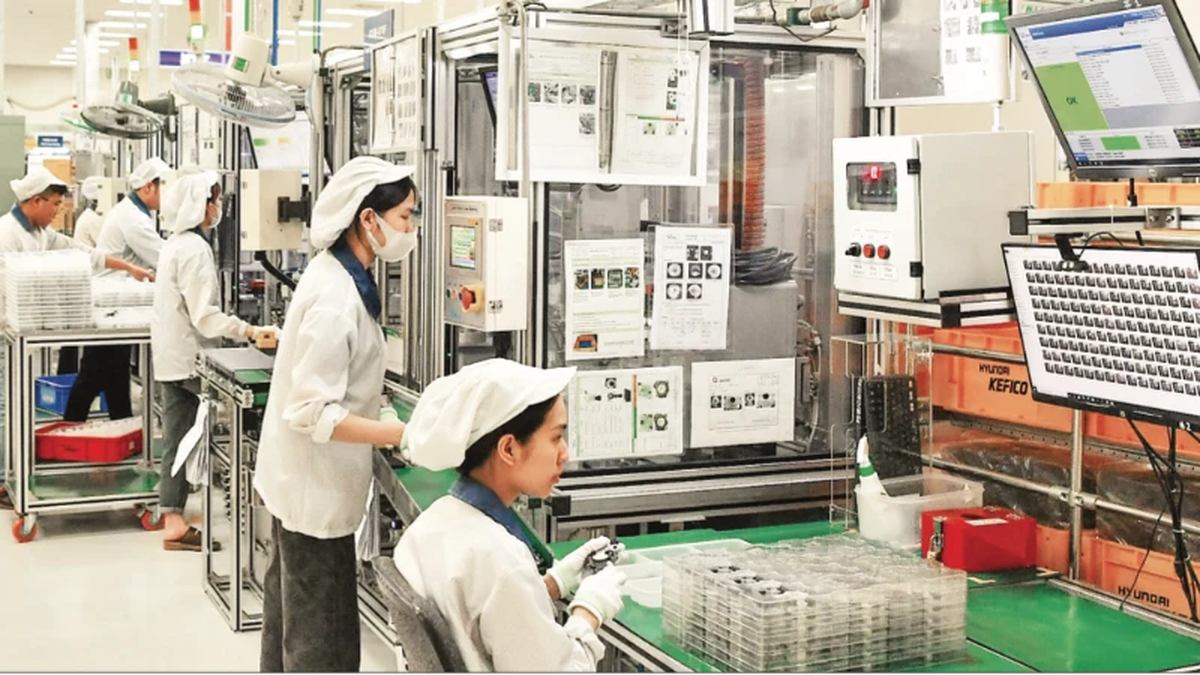
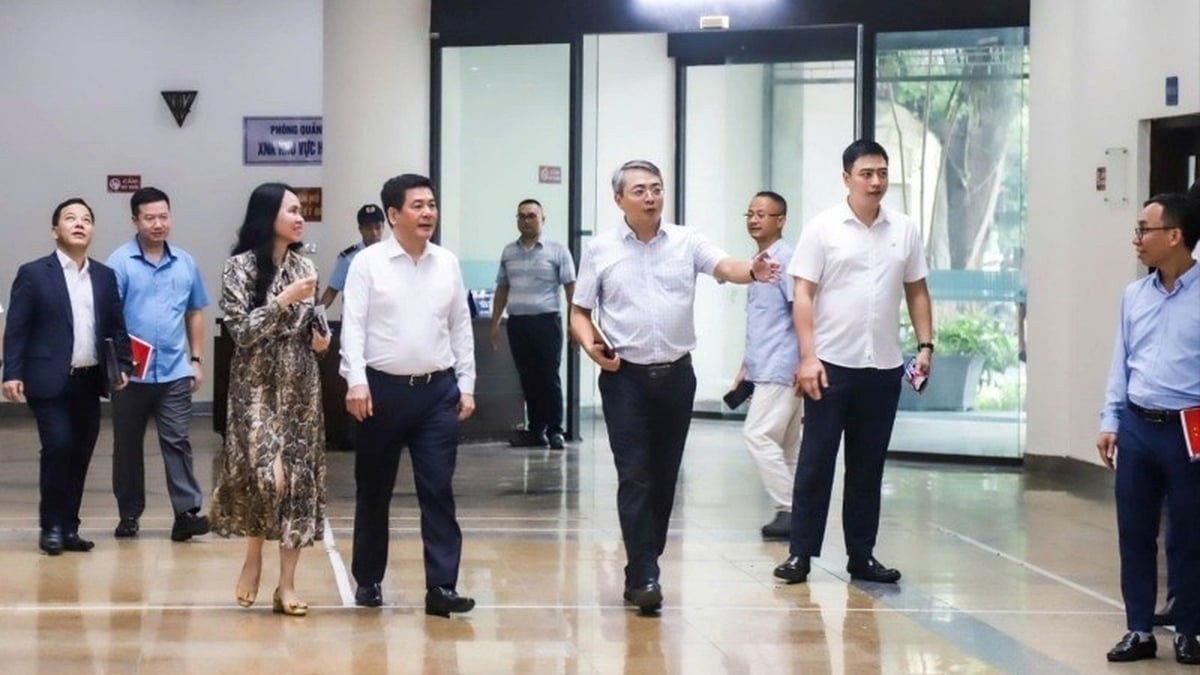
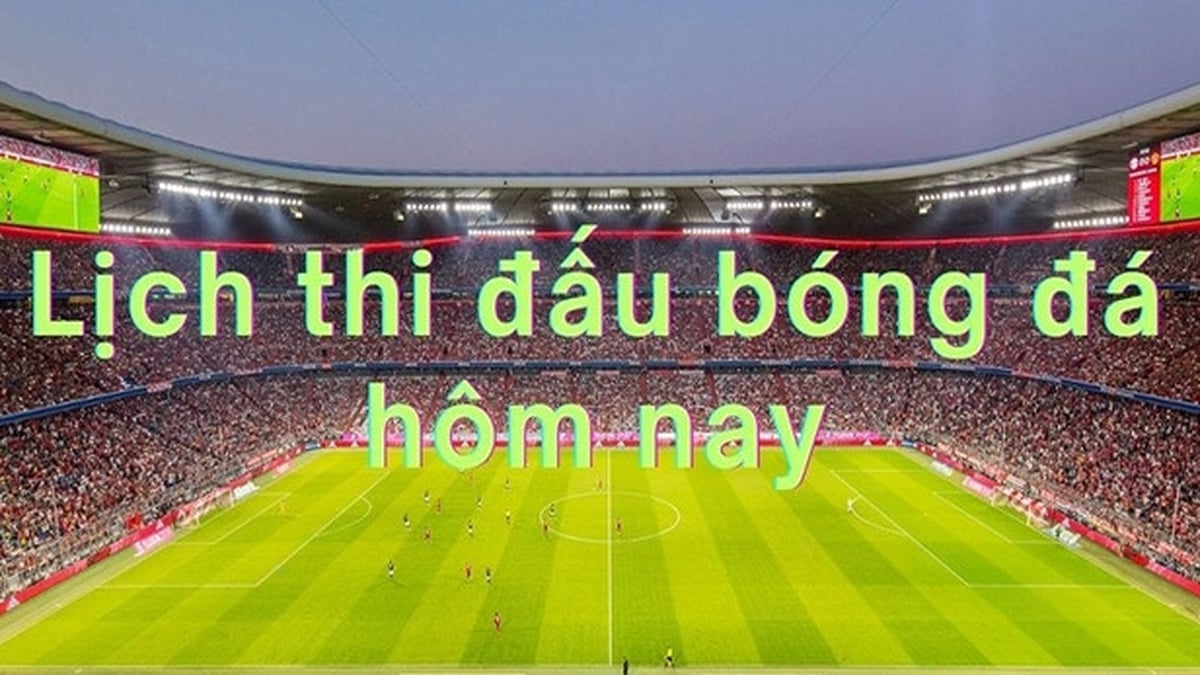
















![[Photo] Signing of cooperation between ministries, branches and localities of Vietnam and Senegal](https://vphoto.vietnam.vn/thumb/1200x675/vietnam/resource/IMAGE/2025/7/24/6147c654b0ae4f2793188e982e272651)



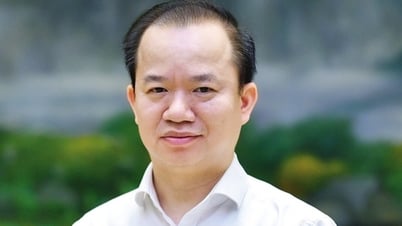

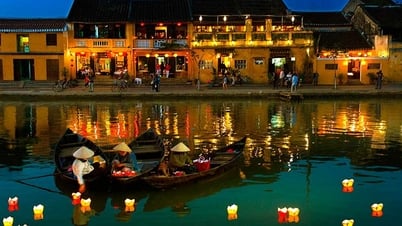



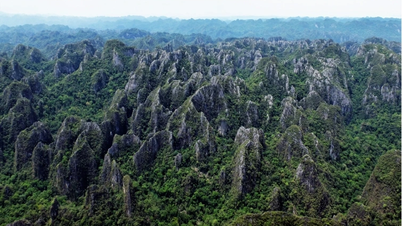

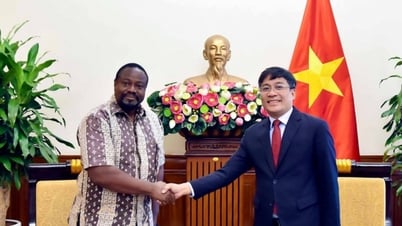
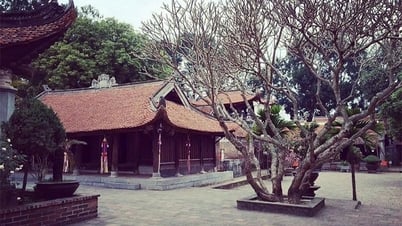

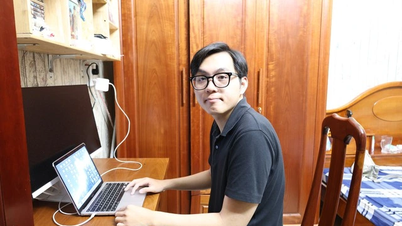

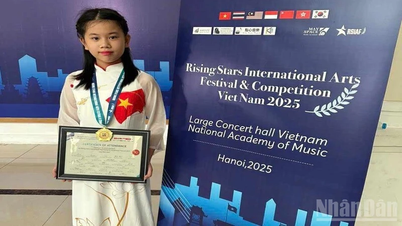


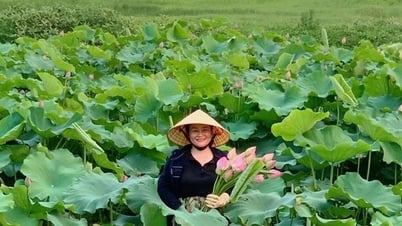

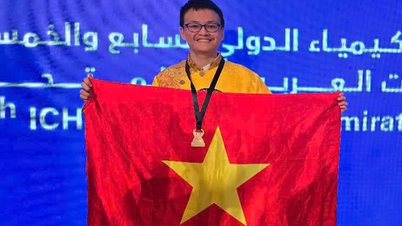










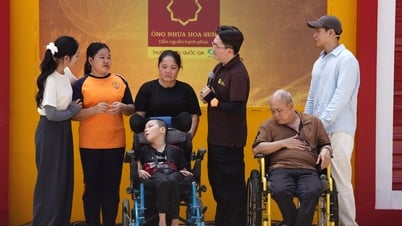

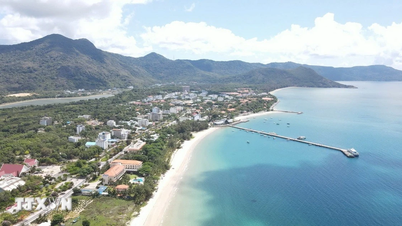
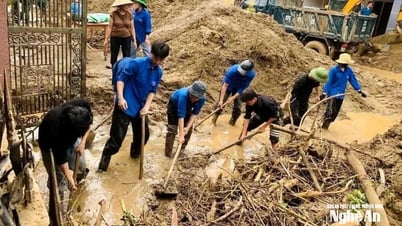

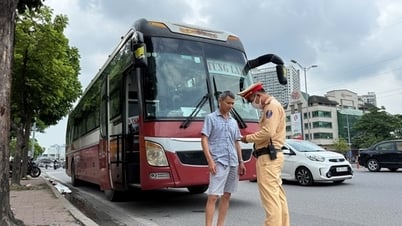



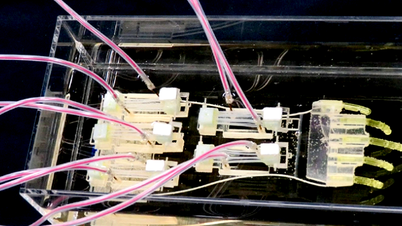
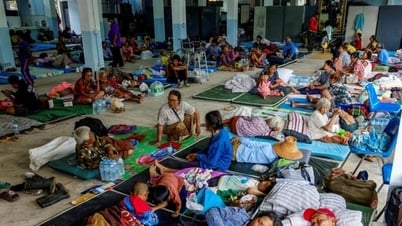

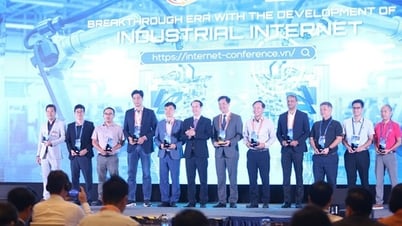

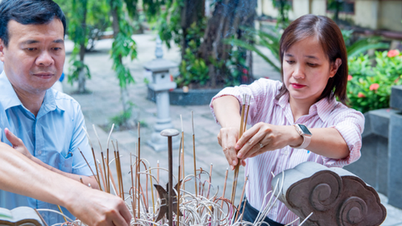
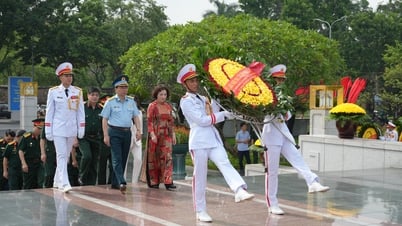

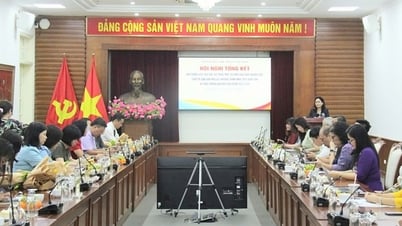

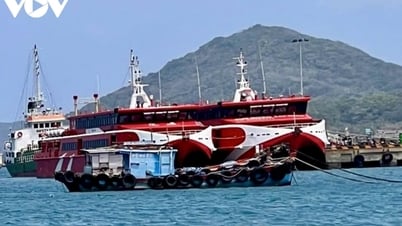
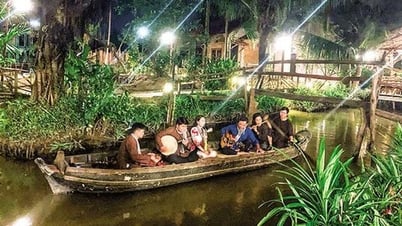






















Comment (0)